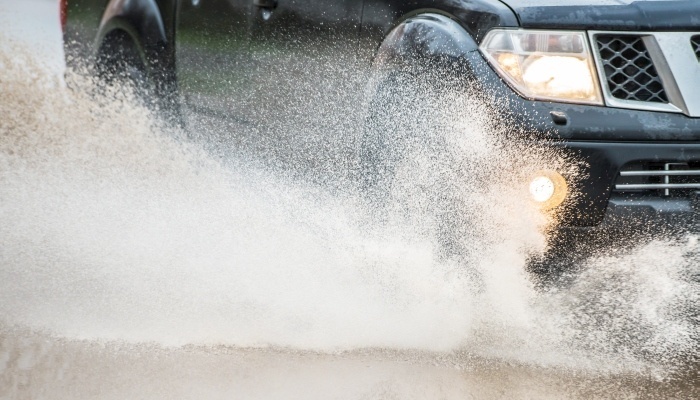With over 200 flood warnings at the time of writing, most British motorists are aware of the hazards of driving in heavy rain or through standing water. If water gets into your engine or electrical systems it can play havoc with your car and cause costly damage. Here are startrescue.co.uk’s top tips for avoiding a breakdown and staying safe during the floods.
- Do not drive through a body of water if it appears to be too deep.
- If you do need to drive through deep water, do so slowly so as to prevent creating a bow wave.
- Ensure your brakes are working as soon as you leave any body of water.
- Do not drive through fast-flowing rivers – such as where a bridge has been flooded.
- Keeping your speed down prevents cyclists and pedestrians from being soaked by your vehicle.
- Use a low gear to keep revs high while slowly driving through water, thereby minimising the risk of your exhaust system being flooded and your catalytic converter being damaged.
- Take care when crossing fords: the actual water depth may be higher than usual if it has been raining heavily.
- Do not trust your satnav if it suggests moving ahead; it knows nothing of current weather conditions.
- Remember that just a foot of water could move your vehicle; two feet could float it.
- With many cars’ intakes placed low down, driving through deep puddles can mean water is ingested into the engine. Driving at low speeds – or avoiding deep puddles altogether – is highly advisable.
- You must use headlamps when visibility is low – i.e. when you cannot see more than 100m.
- Remember to turn your headlamps off when visibility improves.
- Double the distance you normally leave between you and the next vehicle.
- If it becomes difficult to steer while driving through water, ease off the accelerator and reduce speed gradually.
- And finally, ensure you have personal cover for a car breakdown, or other comparable insurance.





